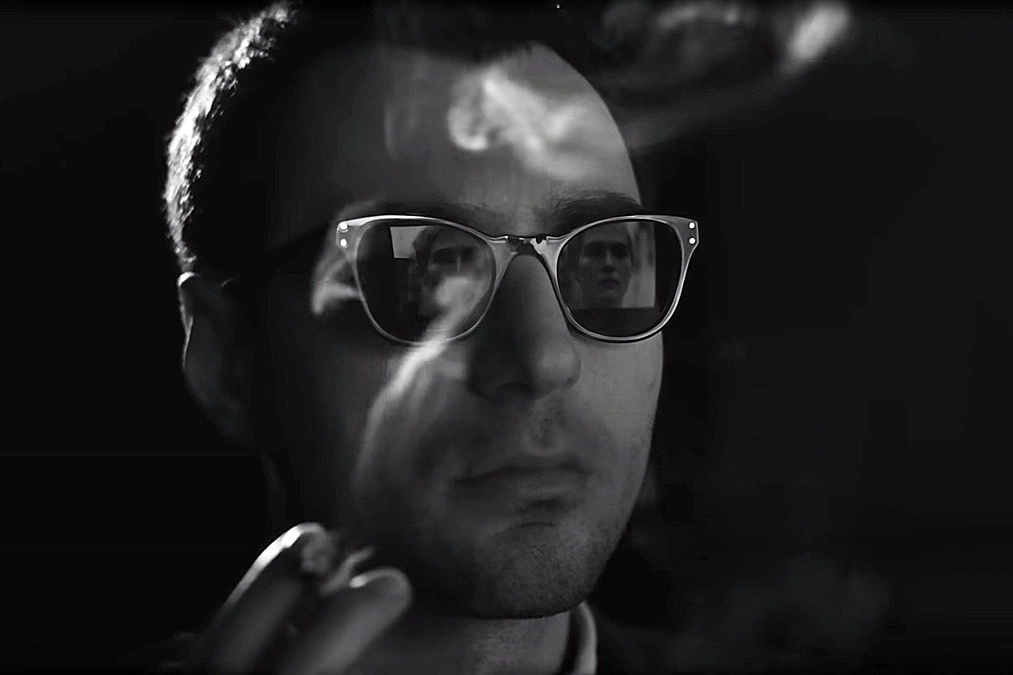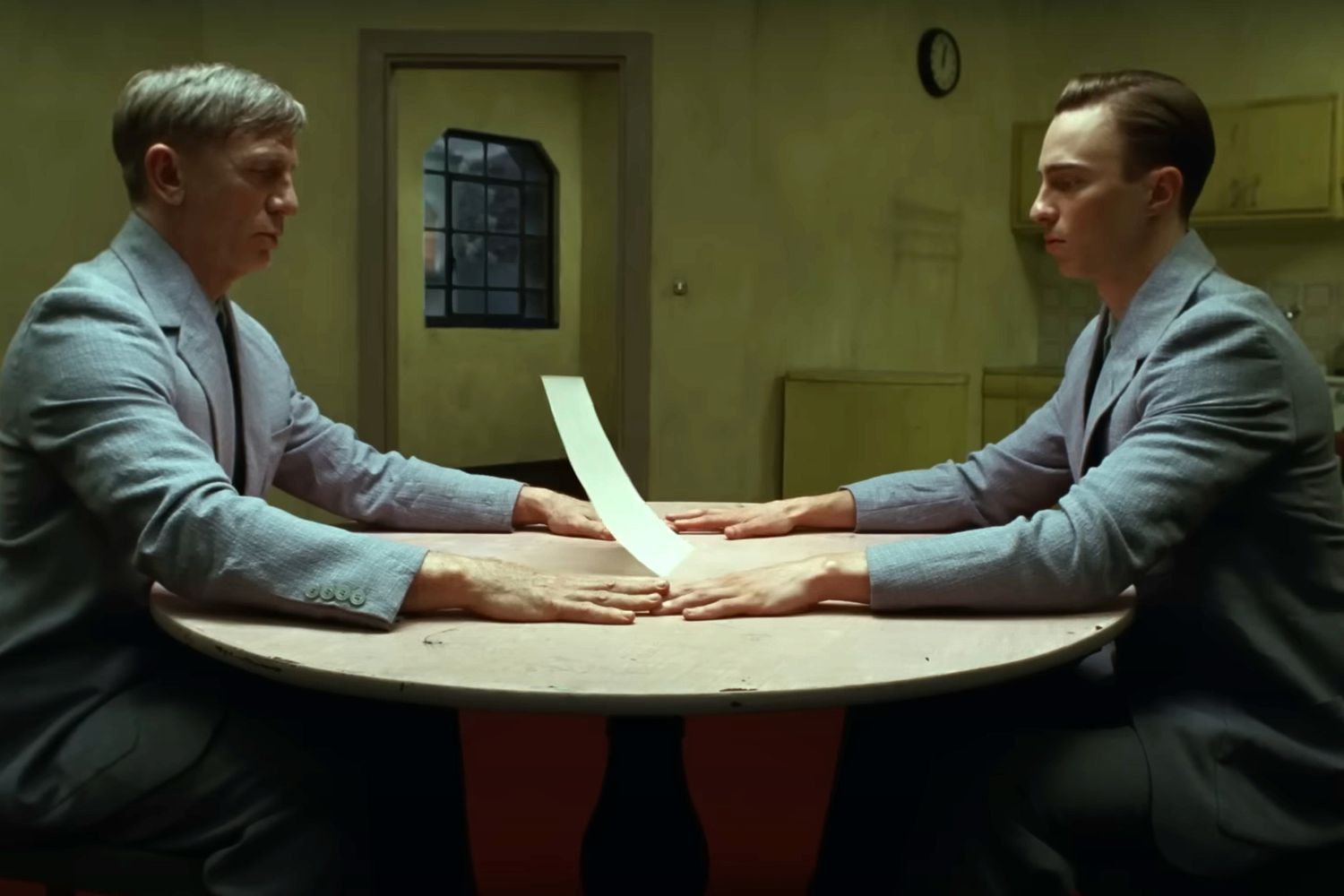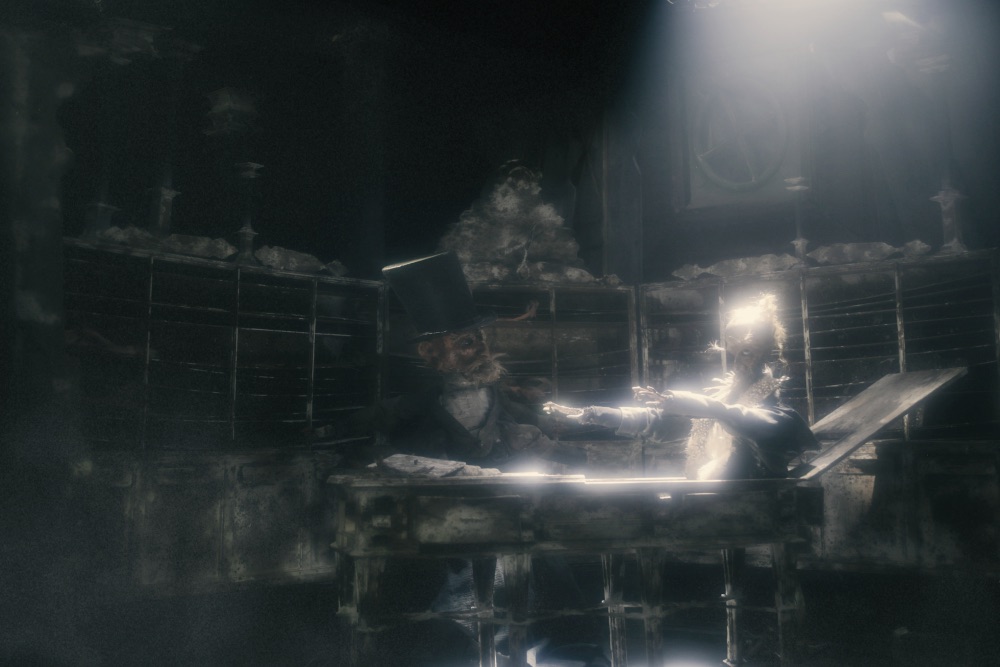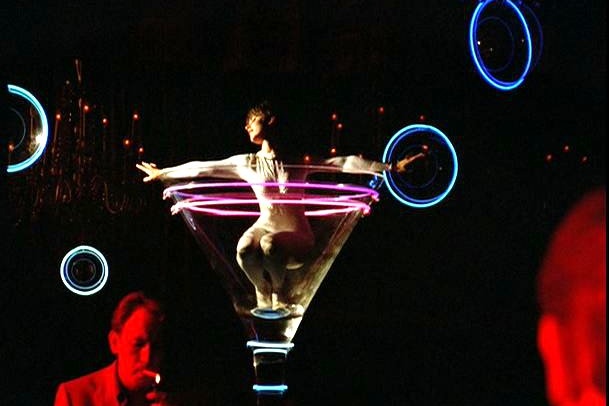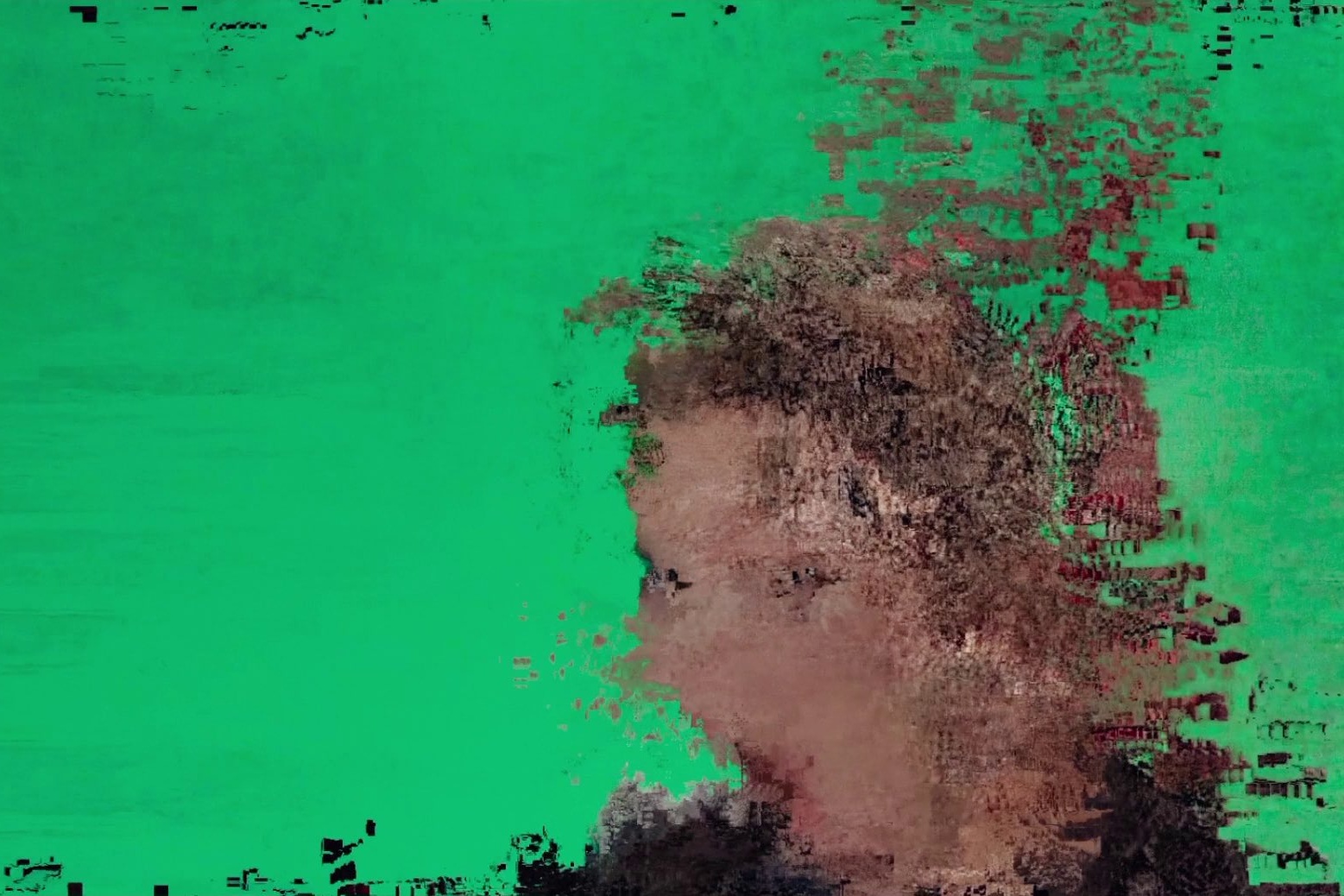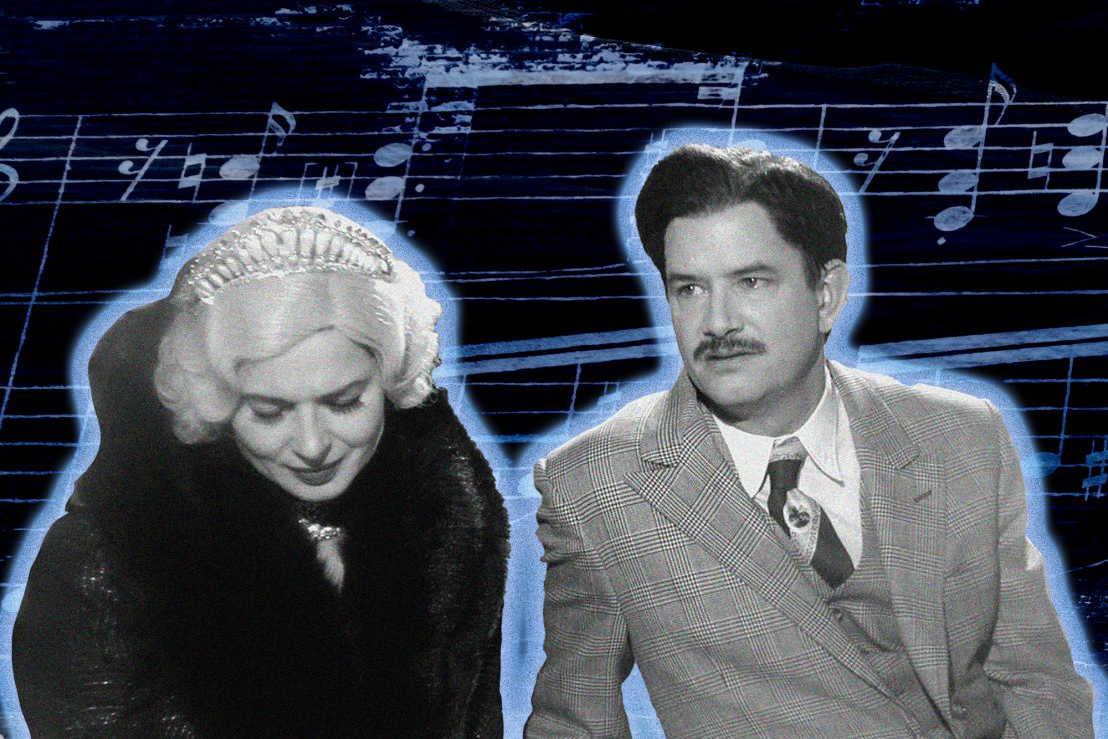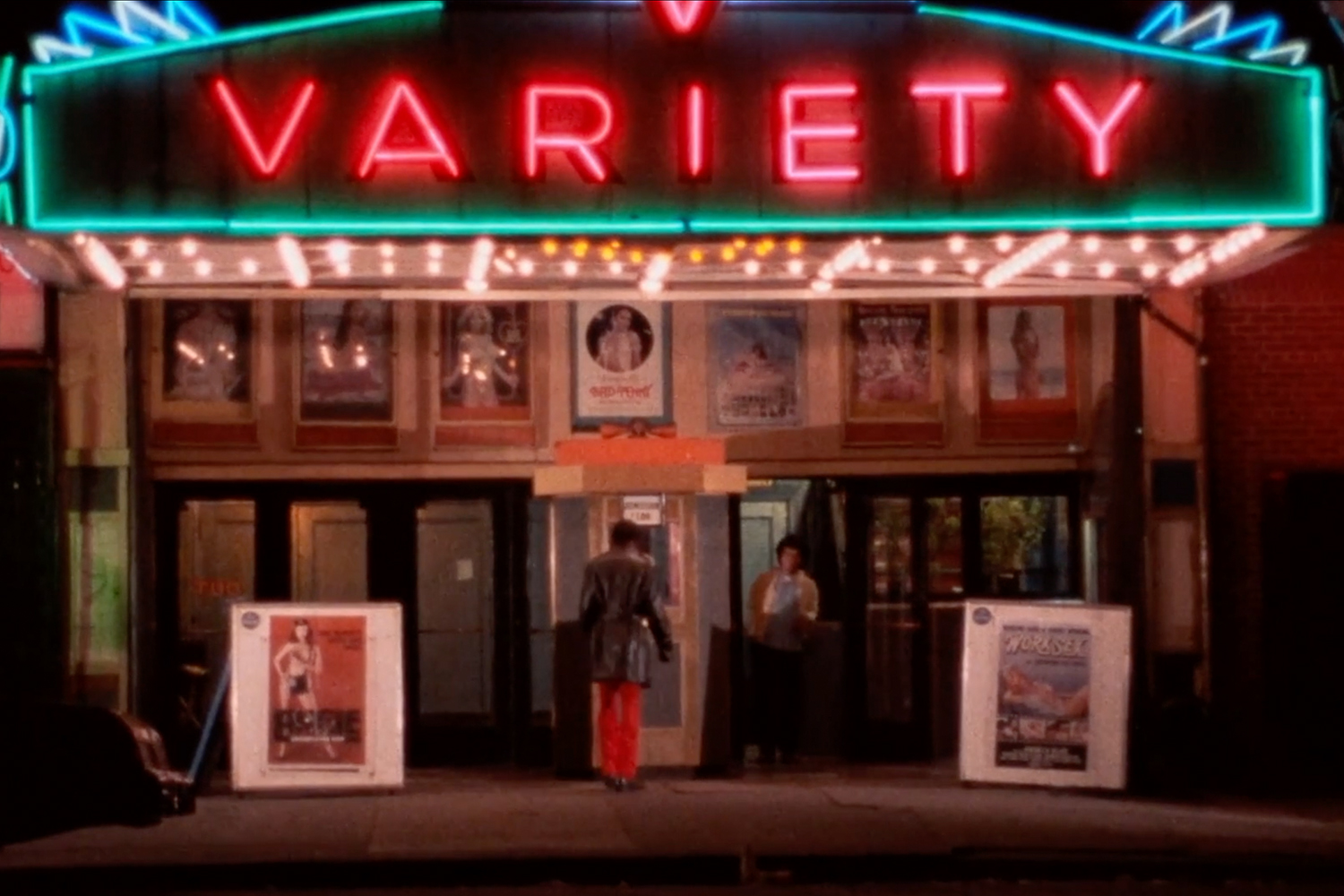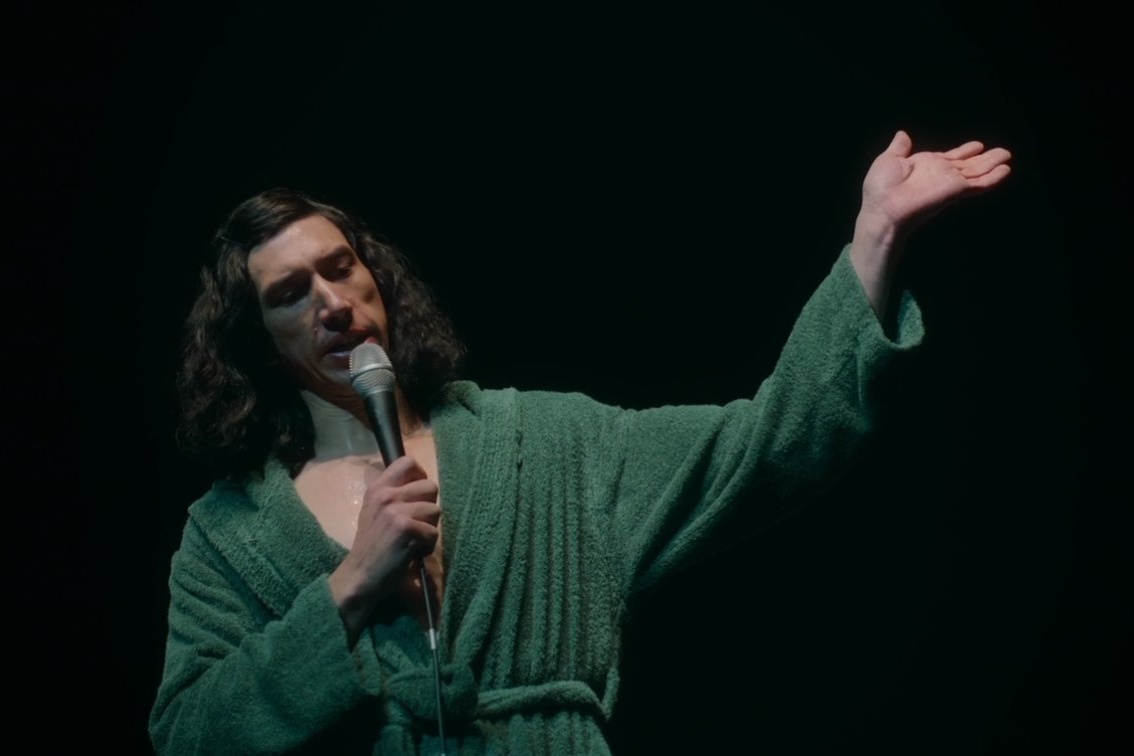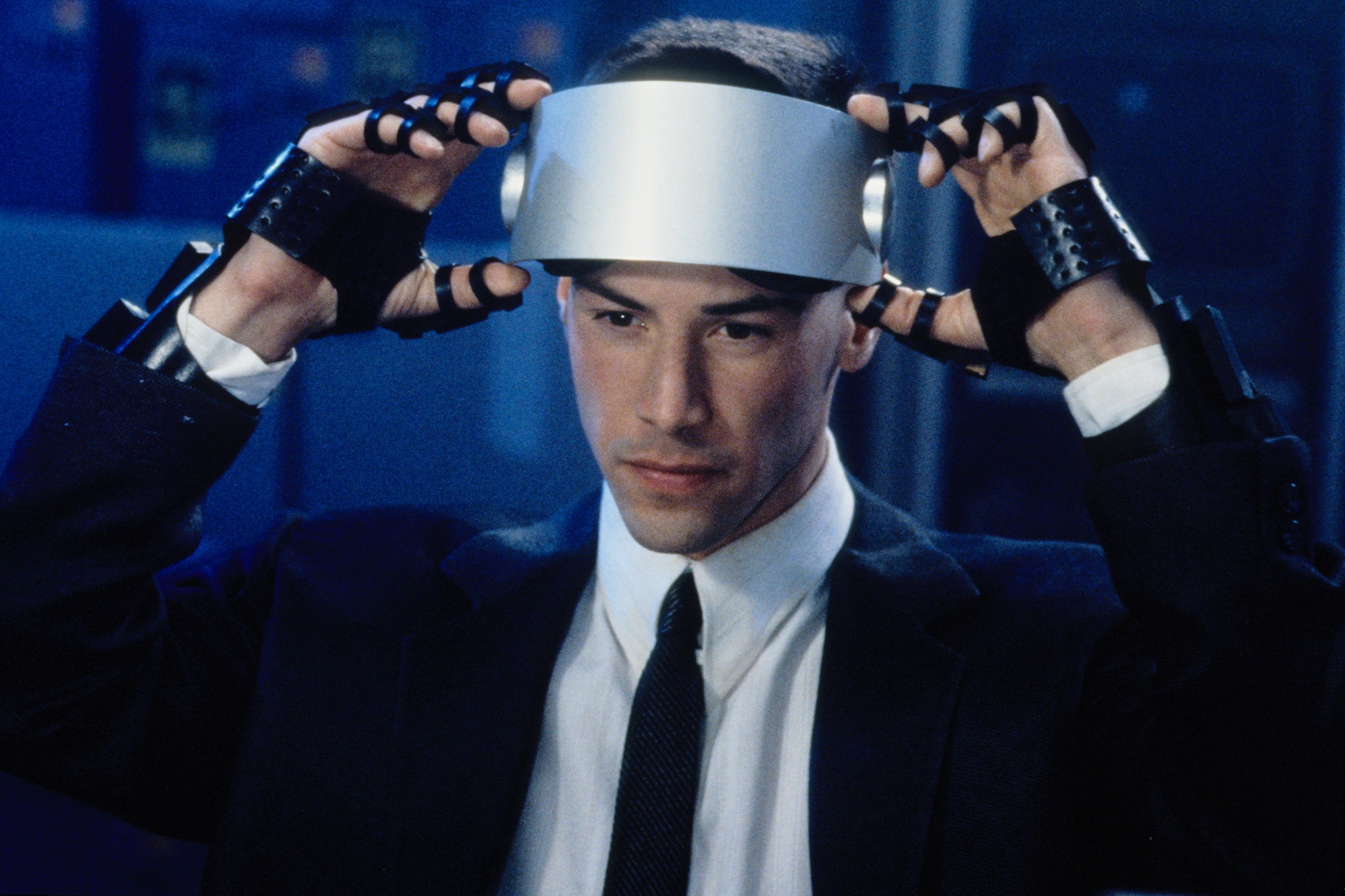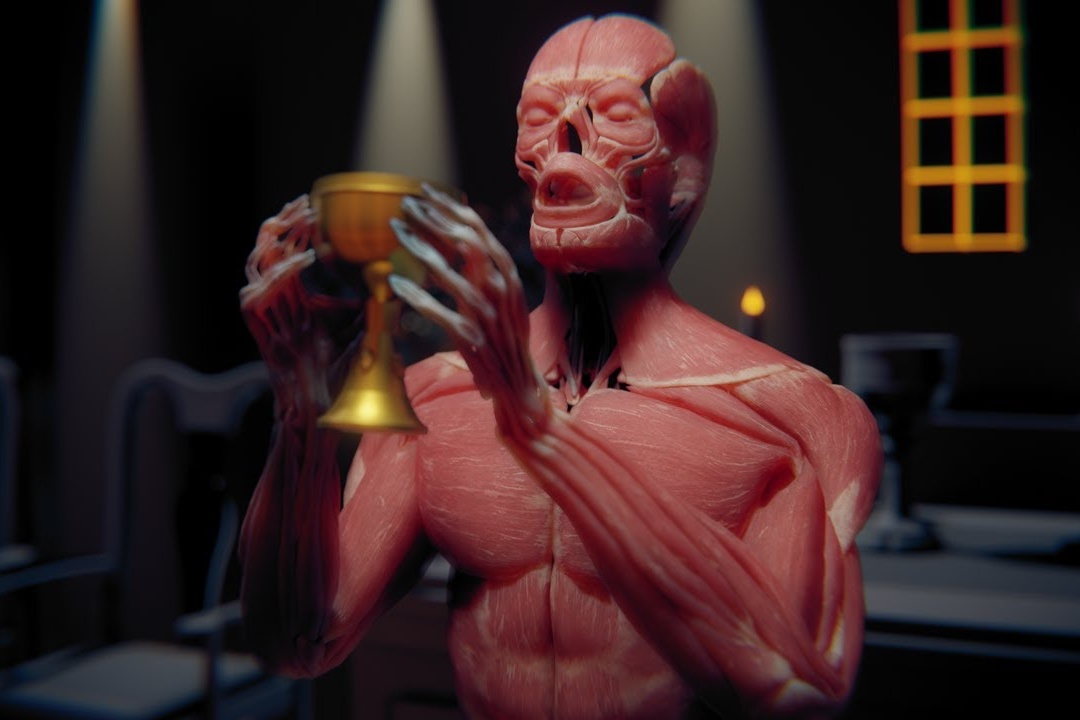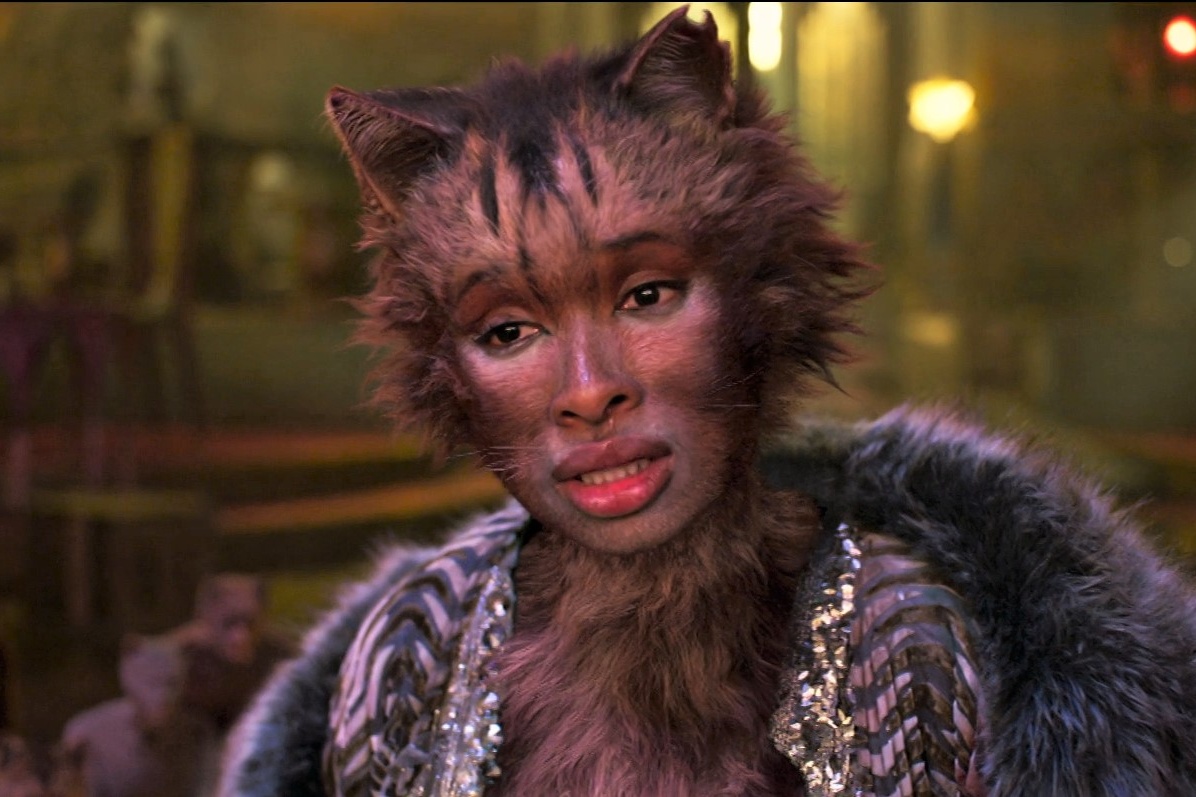Johnny Mnemonic
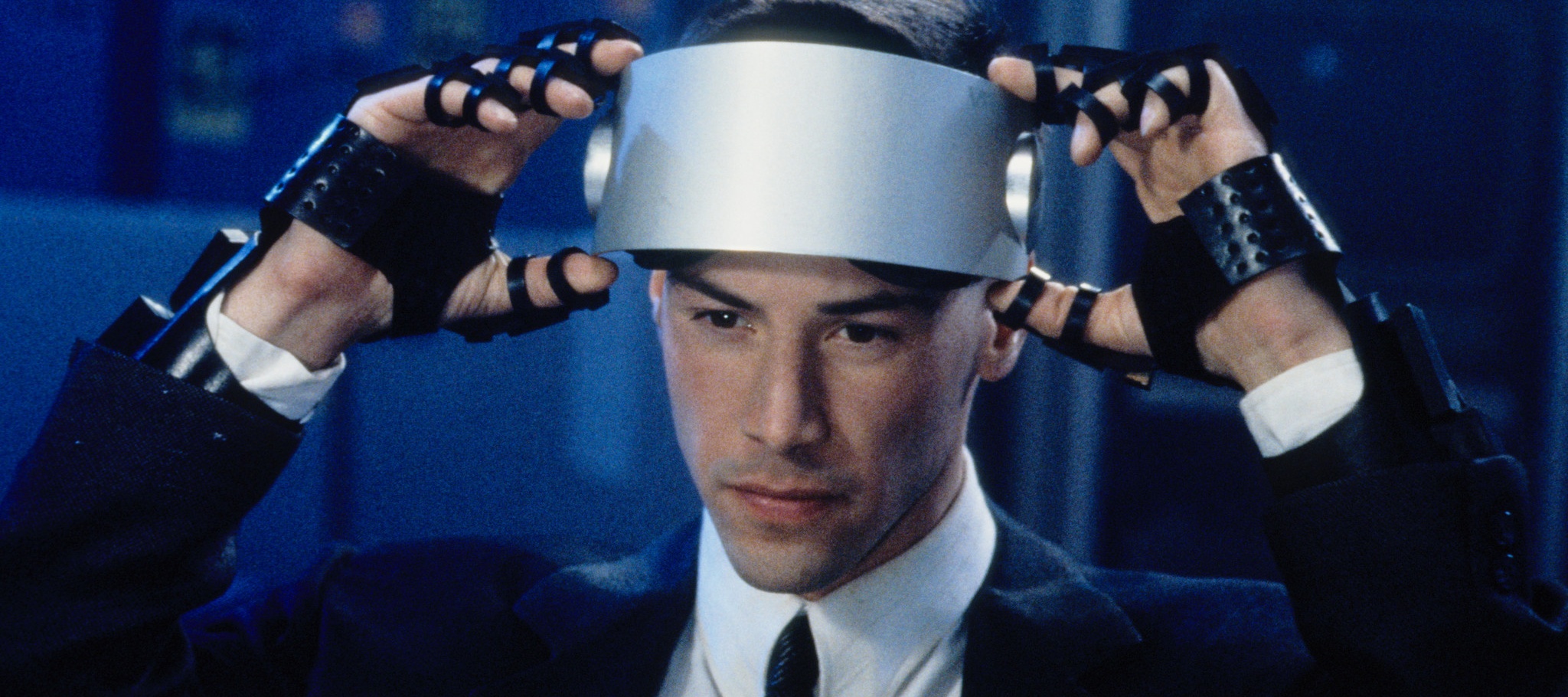
In the distant future of 2021, a pandemic ravages America’s tech-obsessed population while massive pharmaceutical corporations exploit those affected by the disease for their own profit. Or at least, that’s how our present was imagined in the 1995 sci-fi thriller Johnny Mnemonic, directed by artist Robert Longo from a screenplay by the grandaddy of cyberpunk himself, William Gibson, based on his own short story. The film, which tanked critically and commercially upon release, is now getting a re-release on its 25th (UK) anniversary – and though it’s not quite the underappreciated gem marketing materials will tell you it is, the film still holds plenty of interest as a cultural object.
Keanu Reeves – post-Speed, pre-Matrix, hilariously wooden – plays Johnny, a “mnemonic courier” who smuggles data that is uploaded directly into his head, via a cranial implant. When he takes on a load of highly sensitive data that exceeds his storage capacity, and then gets double crossed upon its attempted delivery, Johnny finds himself being both pursued by the corporate-hired Yakuza, and at imminent risk of deadly “synaptic seepage” due to information overload. Johnny finds help from bodyguard Jane (Dina Meyer) and surgeon Spider (Henry Rollins), who discover Johnny has a part to play in the anti-corporate revolution of the “Lo-Teks”.
The mid ’90s was an interesting time for science fiction; though the lexicon of cyberpunk – cyberspace, hackers, data transferal, cyborgs and the like – had entered the mainstream, most people still didn’t know how to send an email. In Johnny Mnemonic, the mixture of excitement and fear at where technology might lead society is palpable. It’s fair to say that the film is very of its time, taking the visual motifs of films like Blade Runner and Liquid Sky and transplanting them onto large, poorly-lit sets populated by corny pyrotechnics and a wild cast including Ice-T, Takeshi Kitano, Udo Kier and Dolph Lundgren – the latter of whom is impossibly bad as a cyborg preacher-assassin who shouts “Jesus time!” before crucifying his victims.
If the film seems even goofier now than it did in 1995, perhaps that’s partly a sign of how standardised our visions of the future have become. So much of mainstream contemporary sci-fi is designed to look like an Audi commercial, if it isn’t a backwards-looking cyberpunk homage. There’s something quite refreshing in that the world of Johnny Mnemonic is messier, weirder – and yes, a lot sillier – than what we’re used to; whether we’re talking about Jane’s chainmail outfit, the colourful visualisation of cyberspace itself, or the fact a major character is a cybernetically-enhanced dolphin called Jones. (Actually, it gets weirder: in Gibson’s original story, Jones is a heroin addict).
On a more serious (if satirical) note, there’s the pandemic that provides the backdrop for the film, not COVID-19 but NAS (Nerve Attenuation Syndrome). It’s a disease induced by constant low-level exposure to technology – the idea being that our bodies can’t keep up with the amount of information we’re bombarded with. Johnny’s problem – that he’s so loaded up with data that his head might literally explode – is, the film suggests, a problem we’re all faced with in the digital age.
